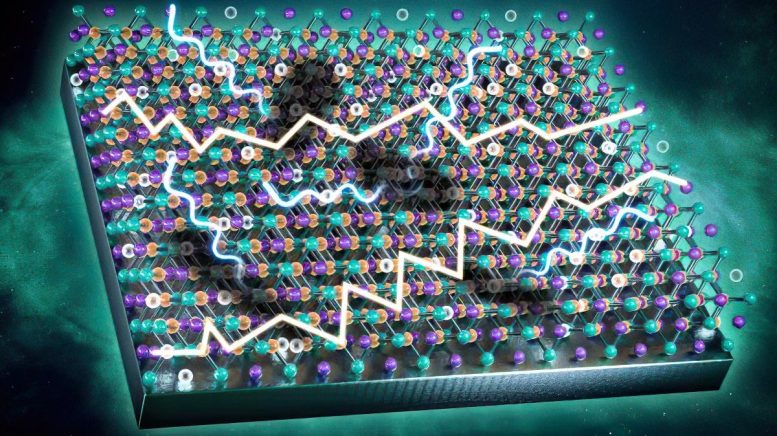
Chinese scientists have developed the first superionic hydride ion conductor capable of operating at ambient conditions. By targeting the structure and morphology of trihydrides in rare earth elements and using a mechanical ball milling method, the researchers were able to suppress the electronic conductivity of lanthanum trihydride, transforming it into a superionic conductor with record-high conductivities. This breakthrough has potential applications in advanced clean energy storage and electrochemical conversion technologies. The team intends to further explore the physics behind the phenomenon and expand their method to other hydride materials. Credit: Chinese Academy of Sciences
Chinese scientists have created the first ambient-temperature superionic hydride ion conductor, enabling advancements in clean energy storage and electrochemical conversion technologies.
Chinese scientists have developed the first superionic hydride ion conductor at ambient conditions, according to the Dalian Institute of Chemical Physics under the Chinese Academy of Sciences.
With strong reducibility and high redox potential, the hydride ion (H-) is a reactive hydrogen species and an energy carrier. Materials that conduct pure H- at ambient conditions will be enablers of advanced clean energy storage and electrochemical conversion technologies.
Several H- conductors have already been developed in recent years, but none of the materials could achieve superionic conduction at ambient conditions.
The research team targeted the structure and morphology of trihydrides — hydrides containing three atoms of hydrogen per molecule — of certain rare earth elements (REHx), including Lanthanum (La), according to a research paper published in the journal Nature.
They innovatively adopted the mechanical ball milling method and deformed lanthanum trihydride (LaHx) through impact and shear force, according to the paper.
By creating nanosized grains and defects in the LaHx lattice, the electronic conductivity of LaHx can be suppressed by more than five orders of magnitude. This transforms LaHx into a superionic conductor with record high conductivities at the ambient temperatures — minus 40 degrees Celsius to 80 degrees Celsius.
The researchers plan to explore the physics underneath the phenomenon and extend the method developed in the study to other hydride materials to broaden the material scope for pure H- conductors.
For more on this breakthrough, see A New Era of Superionic Hydride Conduction at Room Temperature.
Reference: “Deforming lanthanum trihydride for superionic conduction” by Weijin Zhang, Jirong Cui, Shangshang Wang, Hujun Cao, Anan Wu, Yuanhua Xia, Qike Jiang, Jianping Guo, Teng He and Ping Chen, 5 April 2023, Nature.
DOI: 10.1038/s41586-023-05815-0

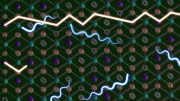
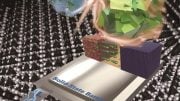
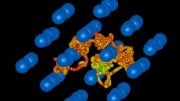


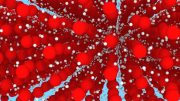


Be the first to comment on "Powering the Future: China’s Superionic Hydride Ion Conductor Breakthrough"